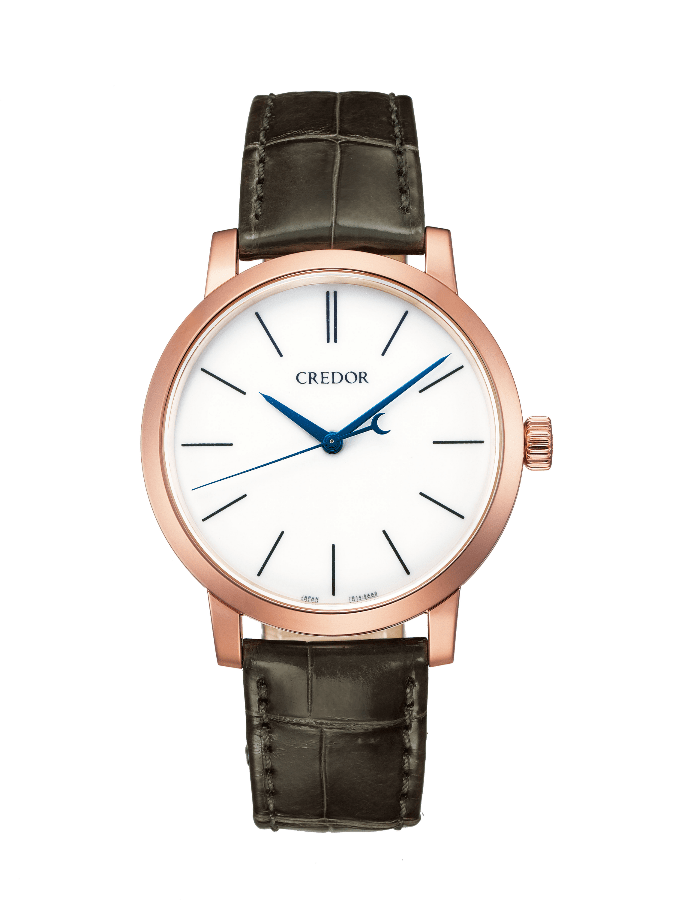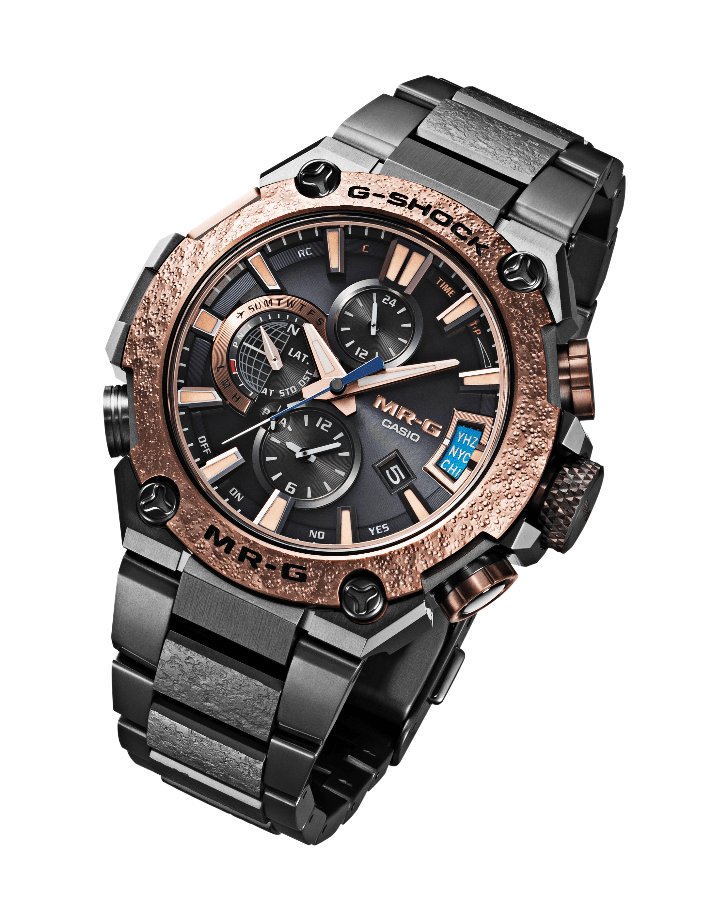
Credor Spring Drive Eichi II
The high-end Credor’s Eichi range is defined by minimalism, stripping away all unnecessary distractions for time-reading at its purest. The latest iteration is no different. The dial is made of white porcelain, a material favoured by the Japanese, and it features hand-painted hour markers in charcoal grey. The blued hands include a seconds hand with crescent tip at one end. The 18k gold case is given the Zaratsu treatment, a special finishing that combines a cold forging process with meticulous hand-polishing.
Performance-wise, the exceptional Spring Drive movement is enhanced with the Torque Return System that re-channels unused energy to rewind the mainspring, resulting in at least a 25% increase in power reserve, which in this case is 60 hours.
Also read: The difference between mechanical and quartz movements


